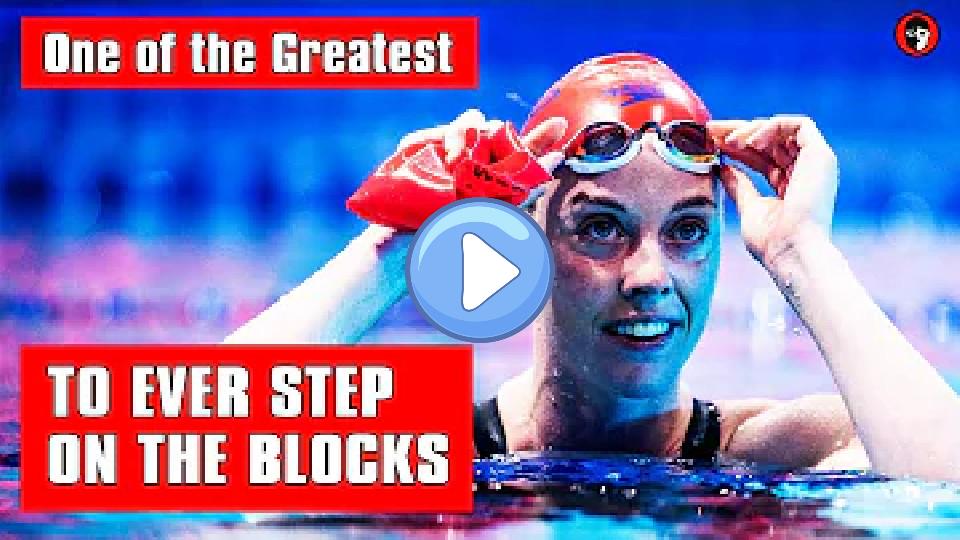Femke Heemskerk's Sports Injuries
Type of Sport: Swimming
Femke Heemskerk's Sports Injuries Table
| Type | Area | Date | Consequences | Content | How It Happened | Recovery Duration | Rehabilitation Details | Impact On Career | Psychological Impact | Previous Injuries | Return To Competition | Severity | Treatment | Medical Staff | Long Term Impact | Preventive Measures | Competition Missed | Initial Symptoms | Re Injury Risk | Support System | Rehabilitation Location |
|---|---|---|---|---|---|---|---|---|---|---|---|---|---|---|---|---|---|---|---|---|---|
| Knee Injuries | left knee | 2018-07-09 | The injury caused swelling and pain, limiting her ability to perform lower body exercises and swim efficiently. | The knee injury occurred just before the 2018 European Championships, putting her participation in doubt. Intensive treatment and rehabilitation were required to ensure she could compete. | Femke Heemskerk twisted her left knee during a dryland training session involving plyometric exercises. | 6 weeks | She received physiotherapy focused on reducing swelling and pain, followed by a gradual reintroduction of strength and mobility exercises. | The injury disrupted her training schedule, but she managed to compete in the European Championships, albeit not at her peak performance. | Femke experienced frustration and concern about her ability to return to form in time for the competition. | Previously had a shoulder injury in 2012. | Returned to competition in late August 2018. | Moderate | Rest, physiotherapy, and anti-inflammatory medications. | Sports physiotherapist and orthopedic specialist. | No significant long-term impact, but she remains cautious with knee-intensive exercises. | Incorporated knee stabilization and strength exercises into her training regimen. | Missed some preparatory events for the European Championships. | Swelling, pain, and limited range of motion in the left knee. | Moderate, with a focus on preventive care. | Support from her coach, medical team, and family. | Team training facility and specialized sports clinic. |
| Shoulder Injuries | right shoulder | 2012-03-14 | The injury led to significant pain and restricted movement, impacting her ability to train and compete at full capacity. | Femke Heemskerk's right shoulder injury was a significant setback in her preparation for the 2012 London Olympics. The injury required immediate medical attention and a tailored rehabilitation program. | During a high-intensity training session, Femke Heemskerk experienced sharp pain in her right shoulder while executing a butterfly stroke. | 3 months | She underwent physiotherapy sessions three times a week and followed a specific exercise regimen to strengthen her shoulder muscles. | The injury affected her performance in the lead-up to the Olympics, but she managed to recover in time to compete. | The injury caused stress and anxiety about her Olympic performance, but she remained focused on her recovery. | None reported prior to this incident. | She returned to competition in June 2012, just in time for the Olympic trials. | Moderate | Physiotherapy, rest, and anti-inflammatory medications. | Team physiotherapist and sports doctor. | No long-term impact reported; she made a full recovery. | Incorporated more shoulder-strengthening exercises into her training routine. | Missed several minor competitions and training sessions. | Sharp pain and restricted movement in the right shoulder. | Moderate, but managed with preventive exercises. | Family, coach, and medical team provided strong support. | Team training facility and local physiotherapy clinic. |
Femke Heemskerk's Sports Injuries Videos
Femke Heemskerk stops swimming
Swimmer Femke Heemskerk is retiring. A major swimming tournament in November will be the last time she competes in a...

SwimGym & Femke Heemskerk: Train Like a Pro
What happens when you invite Olympic medal winners and elite athletes from different sports to the SwimGym and have Olympic...
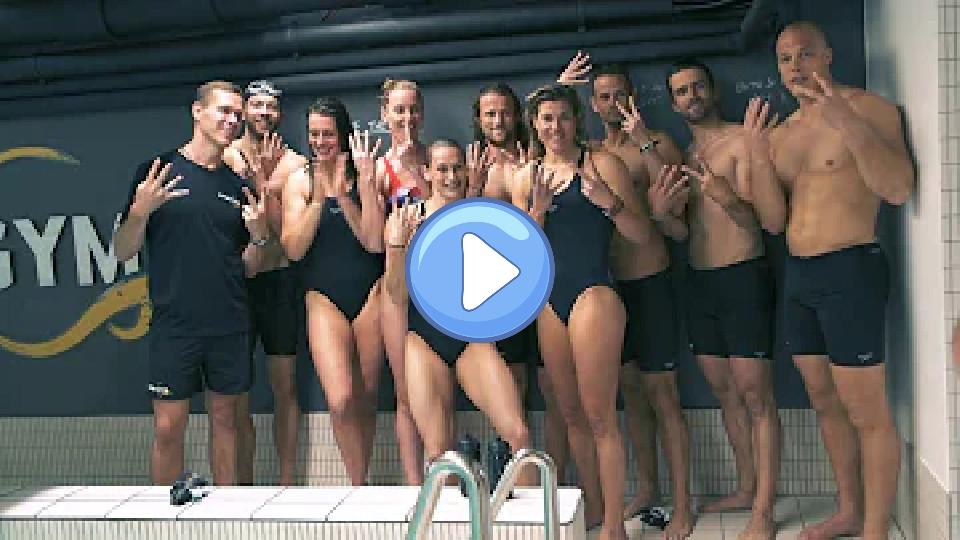
The Olympic Workout by Femke Heemskerk
Olympic champion Femke Heemskerk is training at Swim Gym in preparation for the Olympics in Japan. She trains around 16 to 20 hours in the water weekly, along with extensive dry land and weight room work. Her session includes a 300-meter warm-up with mixed strokes and underwater work focusing on streamlining and kicking. The main set is a 4.2K swim, mixing slow pace endurance with speedy intervals. The set includes 200-meter pulls, 100-meter freestyle intervals, and a 200-meter swim with fins, followed by a 50-meter kick and a 200-meter recovery swim, repeated three times. Post-session, she cools down with drills to focus on technique for the next workout.
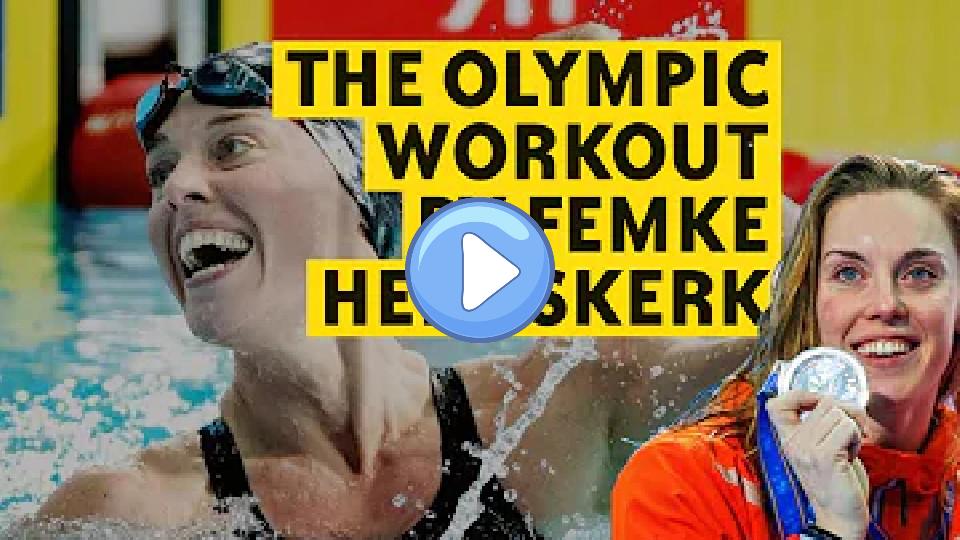
Femke Heemskerk thrilled after qualifying for 100-meter final - OMROEP WEST
At her fourth Olympic Games, swimmer Femke Heemskerk from Roelofarendsveen will appear for the first time on Friday...
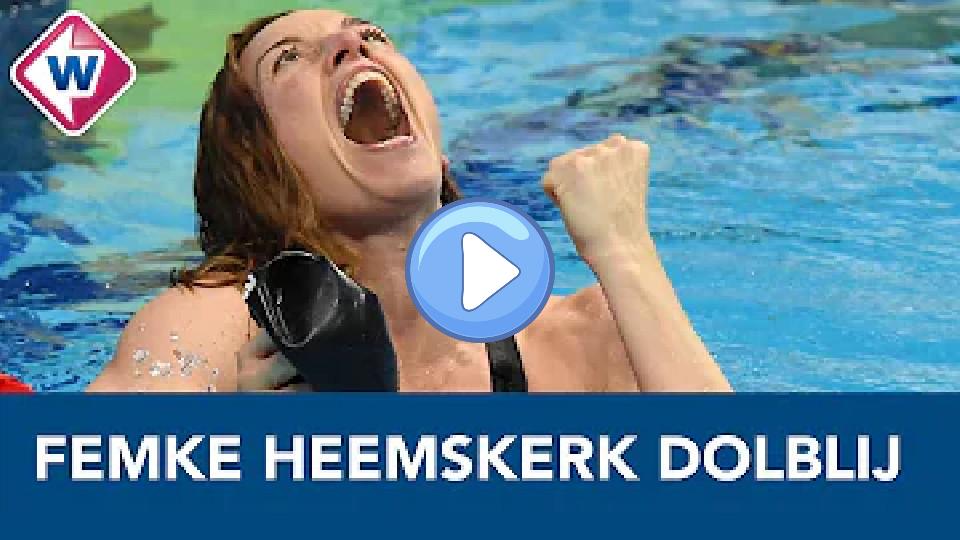
Team Speedo Video | Interview with Swimmer Femke Heemskerk
In a short interview, Team Speedo swimmer Femke Heemskerk shares her sense of humor, mentioning she finds SpongeBob and his friend Patrick amusing. She expresses her love for watching various sports like athletics, judo, gymnastics, volleyball, and beach volleyball, describing herself as a sports fanatic. Femke also talks about a memorable holiday in Sardinia, where she enjoyed a pool with a beautiful sea view.

Femke Heemskerk: "A Hidden Gem"
Femke Heemskerk, a world-class swimmer from the Netherlands, shares her excitement for the prospects of swimming in 2019. She discusses how swimming is often hidden as a sport, mostly gaining attention during the Olympic Games. Despite this, she believes there are many great people in the sport who deserve more media exposure. Femke notes that in the Netherlands, people tend to be down-to-earth, which affects the profiling of superstars. She mentions a well-received documentary about Dutch swimmers preparing for Rio, which helped people understand the dedication required in the sport. Femke expresses enthusiasm for the International Swimming League (ISL) and its potential to make swimming more rewarding financially, helping to extend swimmers' careers. She plans to continue competing in her main events, the 50, 100, and 200-meter freestyle, while also exploring other events like the 400-meter freestyle and the individual medley.
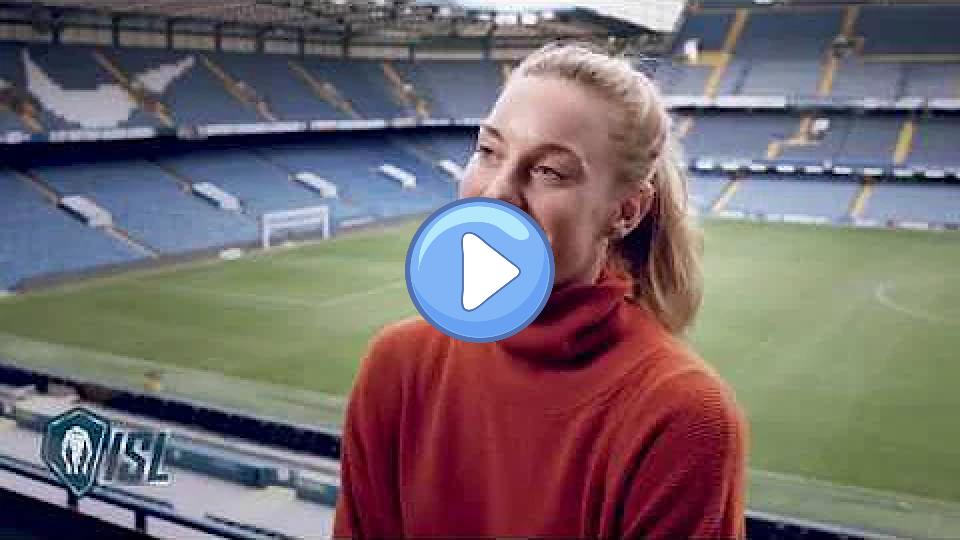
Perfect Relay Takeover #Shorts
Fanny Teijonsalo takes over the relay from Femke Heemskerk ahead of the ISL Final 2021!

Femke Heemskerk on Making History | ISL
Femke Heemskerk from Energy Standard anticipates an intense and exciting Las Vegas Grand Finale, hoping for an enthusiastic crowd similar to London. She mentions the team's strong performance and looks forward to competing alongside talents like Daiya Seto. Being part of the inaugural event feels historic, and she wants to contribute to that legacy.
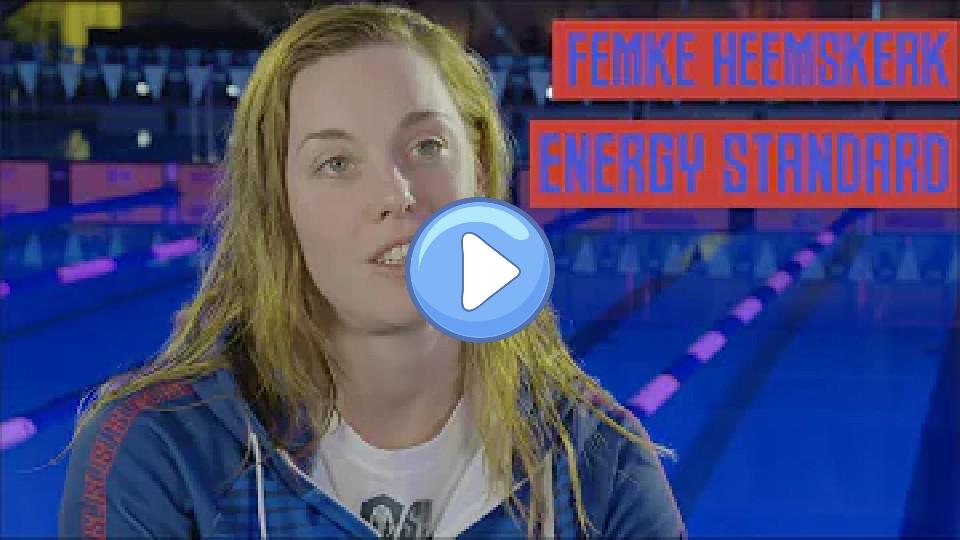
Femke Heemskerk Reflects on Illustrious Career Following ISL Retirement
Swimming news courtesy of SwimSwam.com. Click here to listen and subscribe on Spotify.
